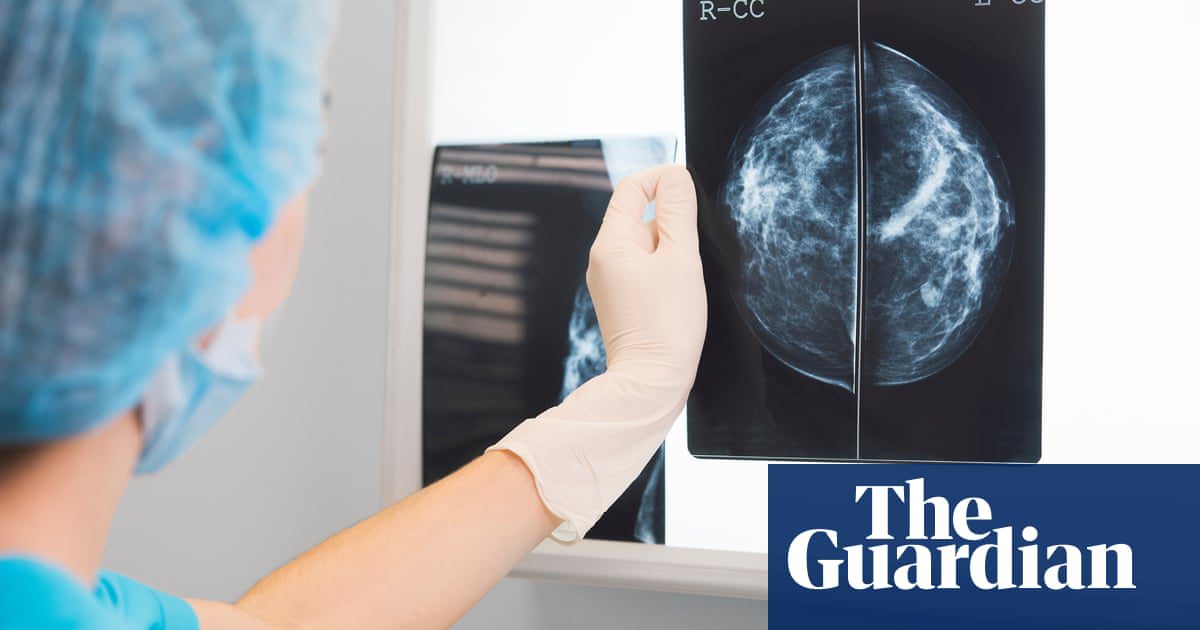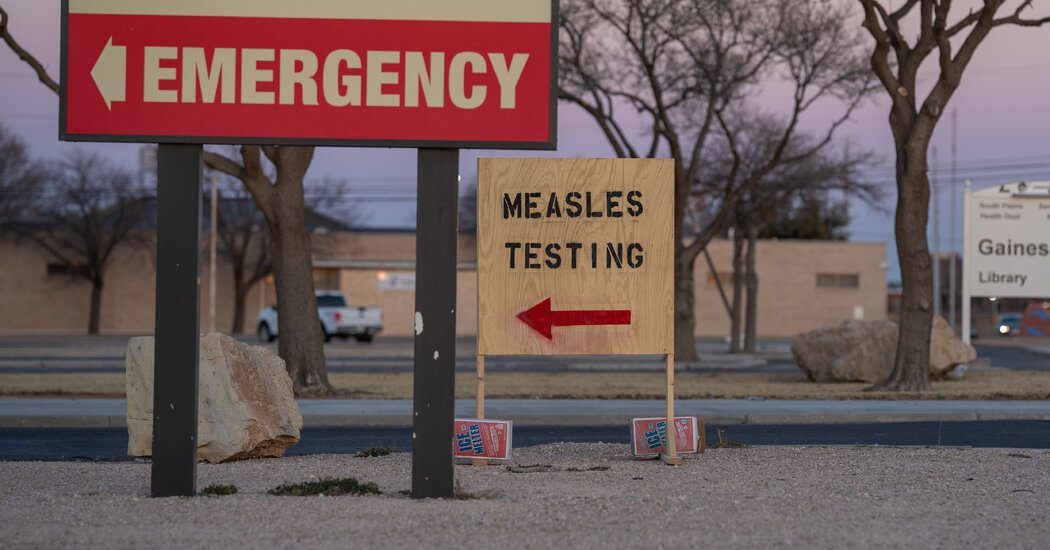
The World Health Organization’s cancer agency has issued a concerning forecast, predicting a significant rise in breast cancer diagnoses and fatalities around the globe by 2050. In the UK alone, cases are anticipated to increase by 21%, while deaths are expected to escalate by 42%.
According to an analysis conducted by the International Agency for Research on Cancer (IARC), one in every 20 women will face a breast cancer diagnosis in her lifetime. The analysis suggests that cases worldwide could soar by 38% and deaths could jump by 68% within the next 25 years.
If current trends persist, the study predicts there will be 3.2 million new breast cancer cases and 1.1 million deaths each year by 2050. Specifically in the UK, the annual number of cases is forecasted to rise from 58,756 in 2022 to 71,006 by 2050. Similarly, annual deaths are projected to increase from 12,122 in 2022 to 17,261 in 2050.
These crucial findings were detailed in a recent publication in the journal Nature Medicine.
Dr. Joanne Kim, one of the report’s authors and a scientist at the IARC, stated, “Every minute, four women are diagnosed with breast cancer globally, and one dies from the illness. Unfortunately, these trends are on the rise.”
“Countries have the opportunity to combat these trends through effective primary prevention strategies and by investing in early detection and treatment initiatives,” she added.
The anticipated global increase in breast cancer cases is likely attributed to a combination of factors, including a growing and aging population, advancements in detection methods, and a higher prevalence of established risk factors.
Risk factors for breast cancer encompass age, genetic predisposition, and a family history of the disease. According to the IARC, the majority of breast cancer cases and related deaths occur among women aged 50 and older, accounting for 71% of new cases and 79% of deaths worldwide.
The researchers indicated that approximately 25% of breast cancer cases can be prevented by adopting healthier lifestyle choices, such as reducing alcohol consumption, maintaining a healthy weight, and increasing physical activity.
While breast cancer remains the most prevalent form of cancer among women globally, its distribution is uneven. The IARC reported that diagnosis rates are highest in regions like Australia and New Zealand, followed closely by North America and Northern Europe, while rates in Asia and Africa are comparatively low. However, mortality rates are highest in Melanesia, Polynesia, and West Africa.
Over the past decade, breast cancer incidence rates have risen by 1% to 5% annually in 27 out of the 50 countries studied by the IARC. Notably, breast cancer mortality rates have declined in 29 out of 46 countries analyzed.
Dr. Isabelle Soerjomataram, deputy head of IARC’s cancer surveillance branch, emphasized the importance of continued progress in early diagnosis and improved access to treatment as vital steps towards bridging the global gap in breast cancer care. She stated, “To meet the goal of reducing suffering and deaths from breast cancer worldwide, it is critical that all countries advance in these areas.”









